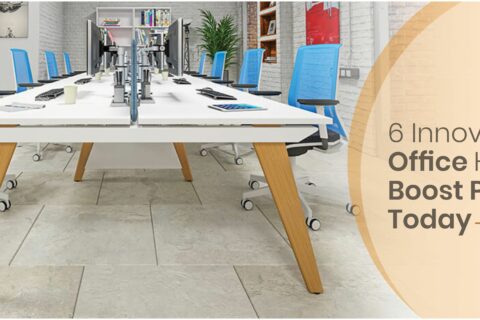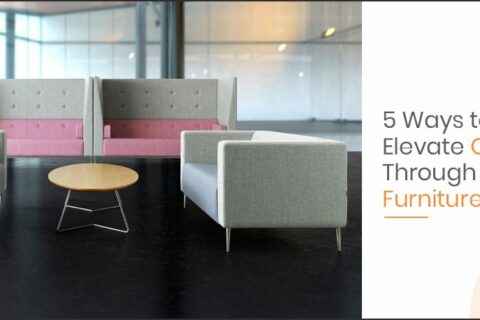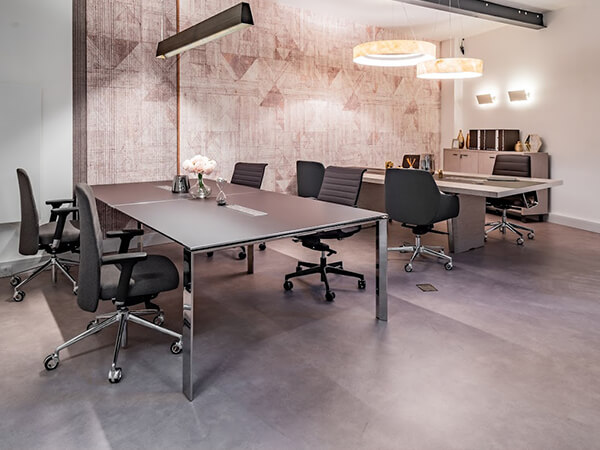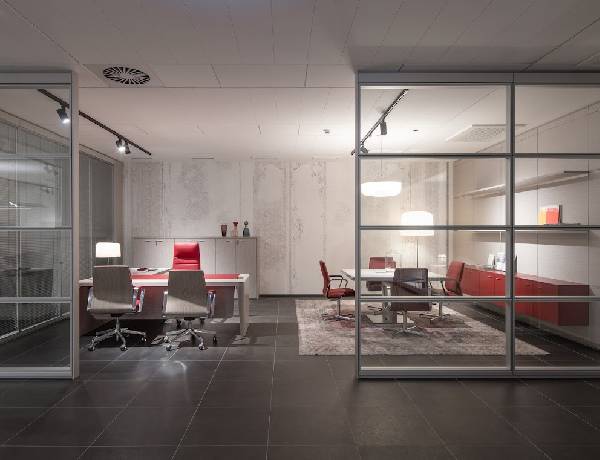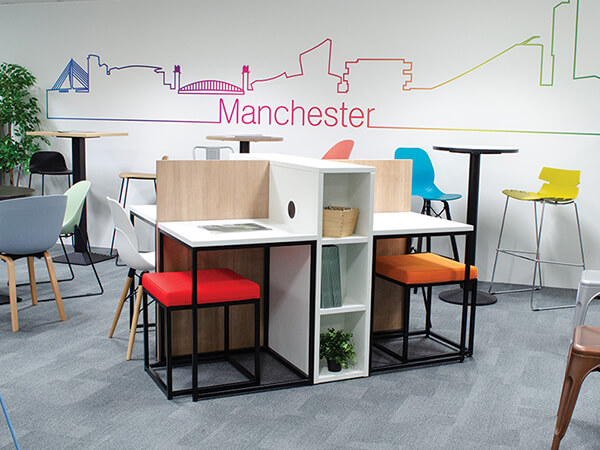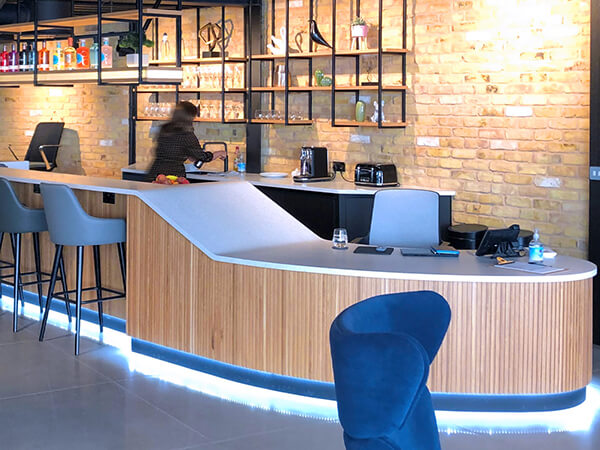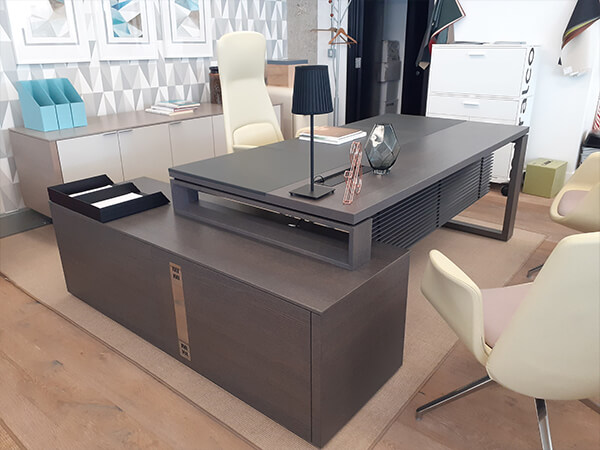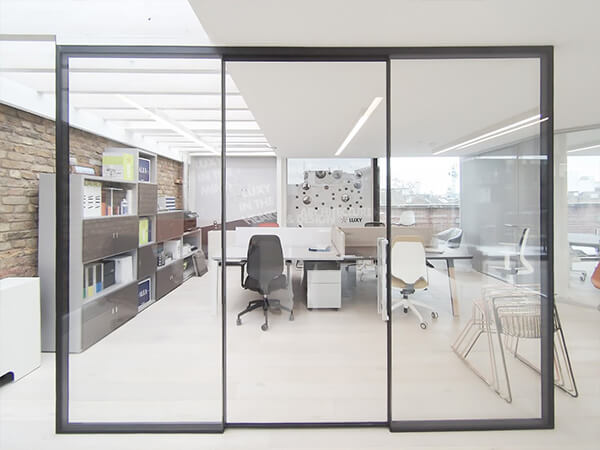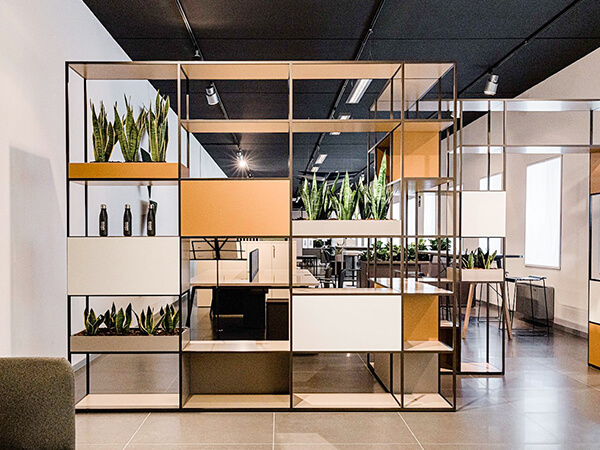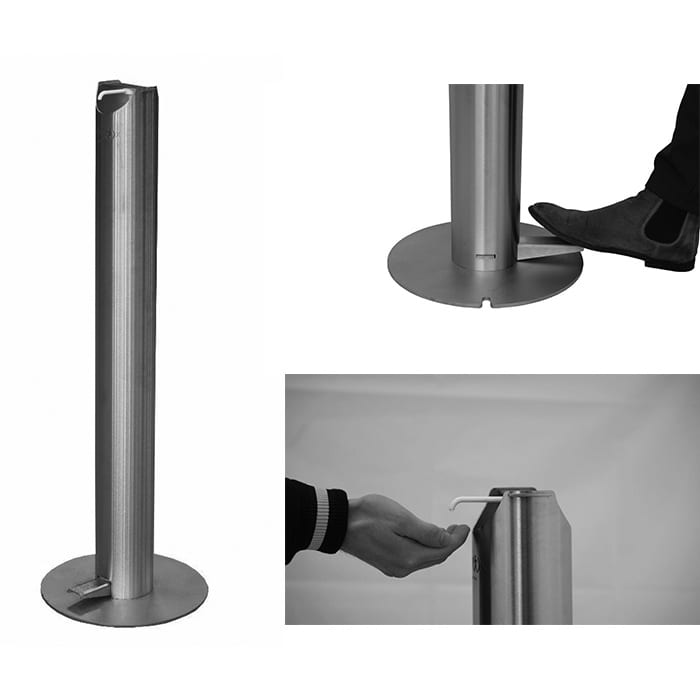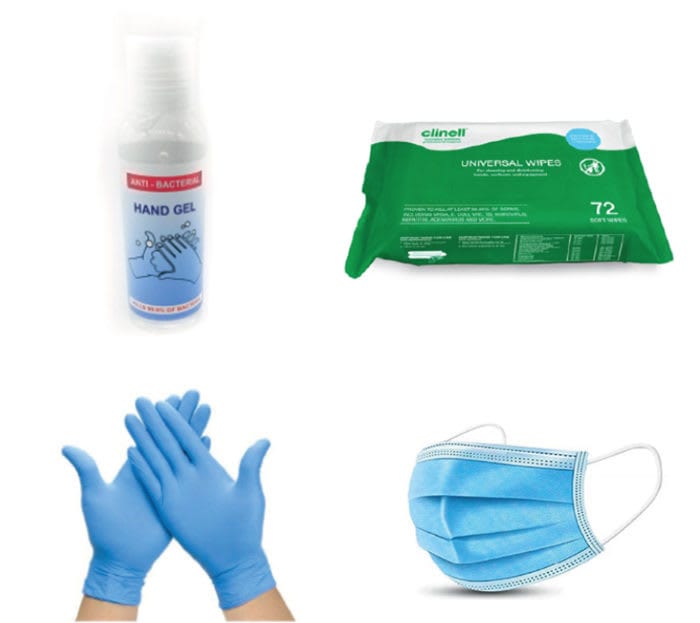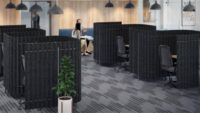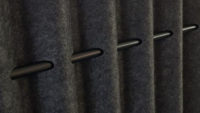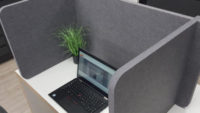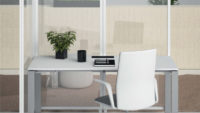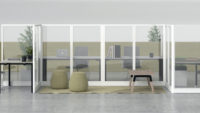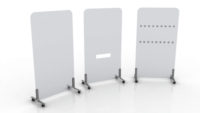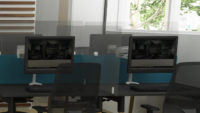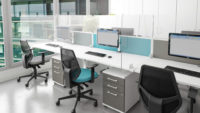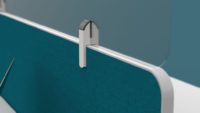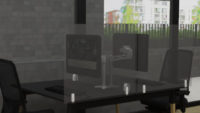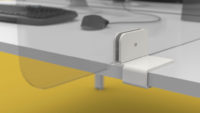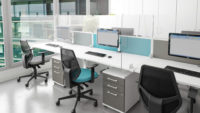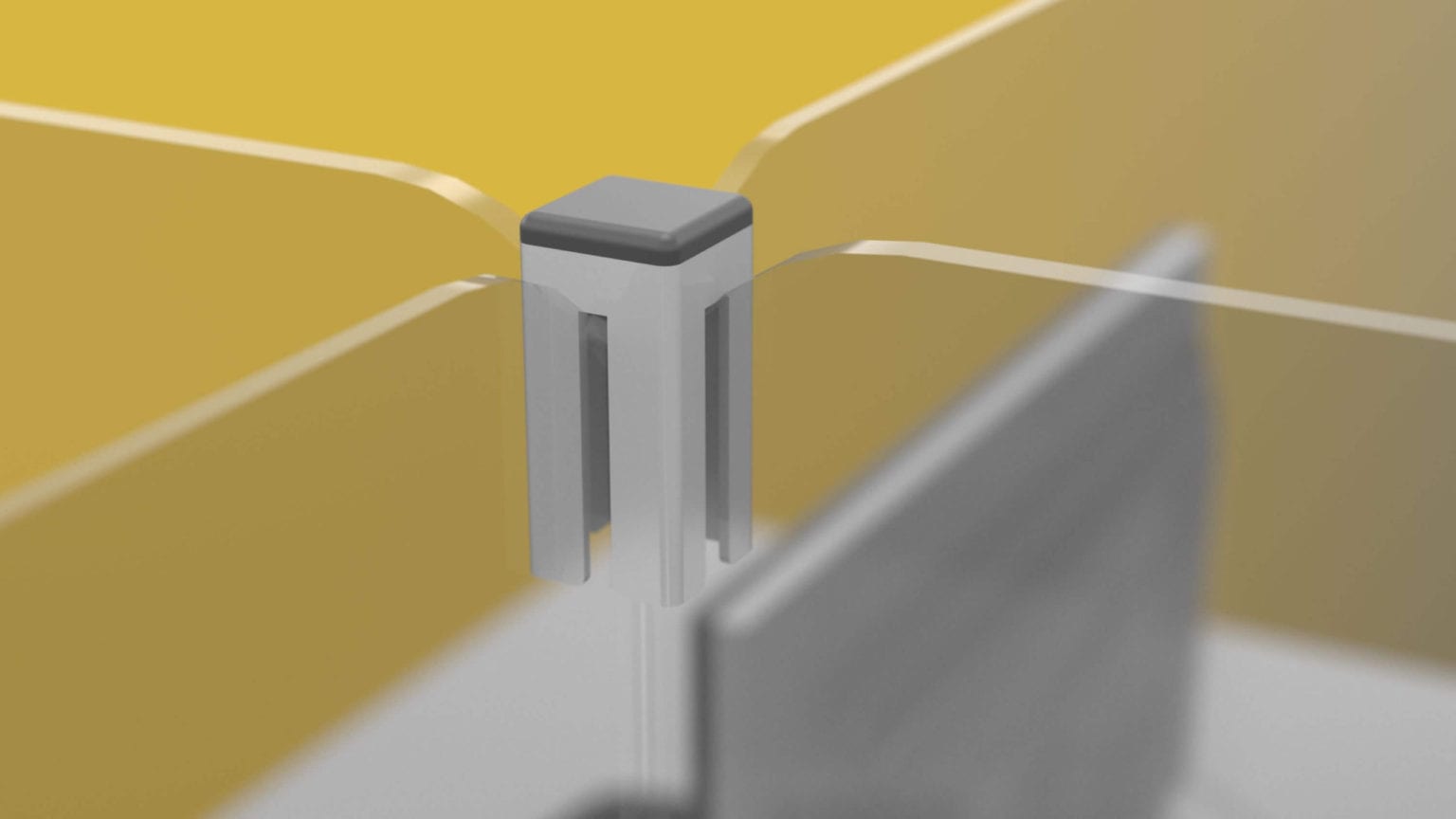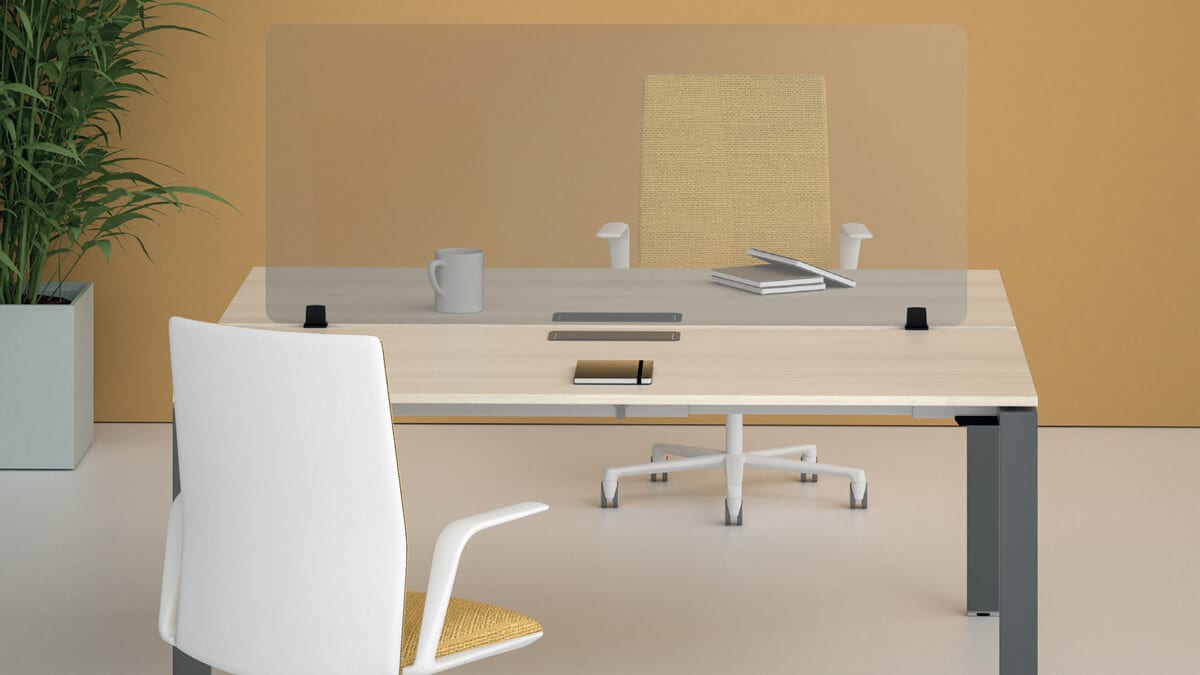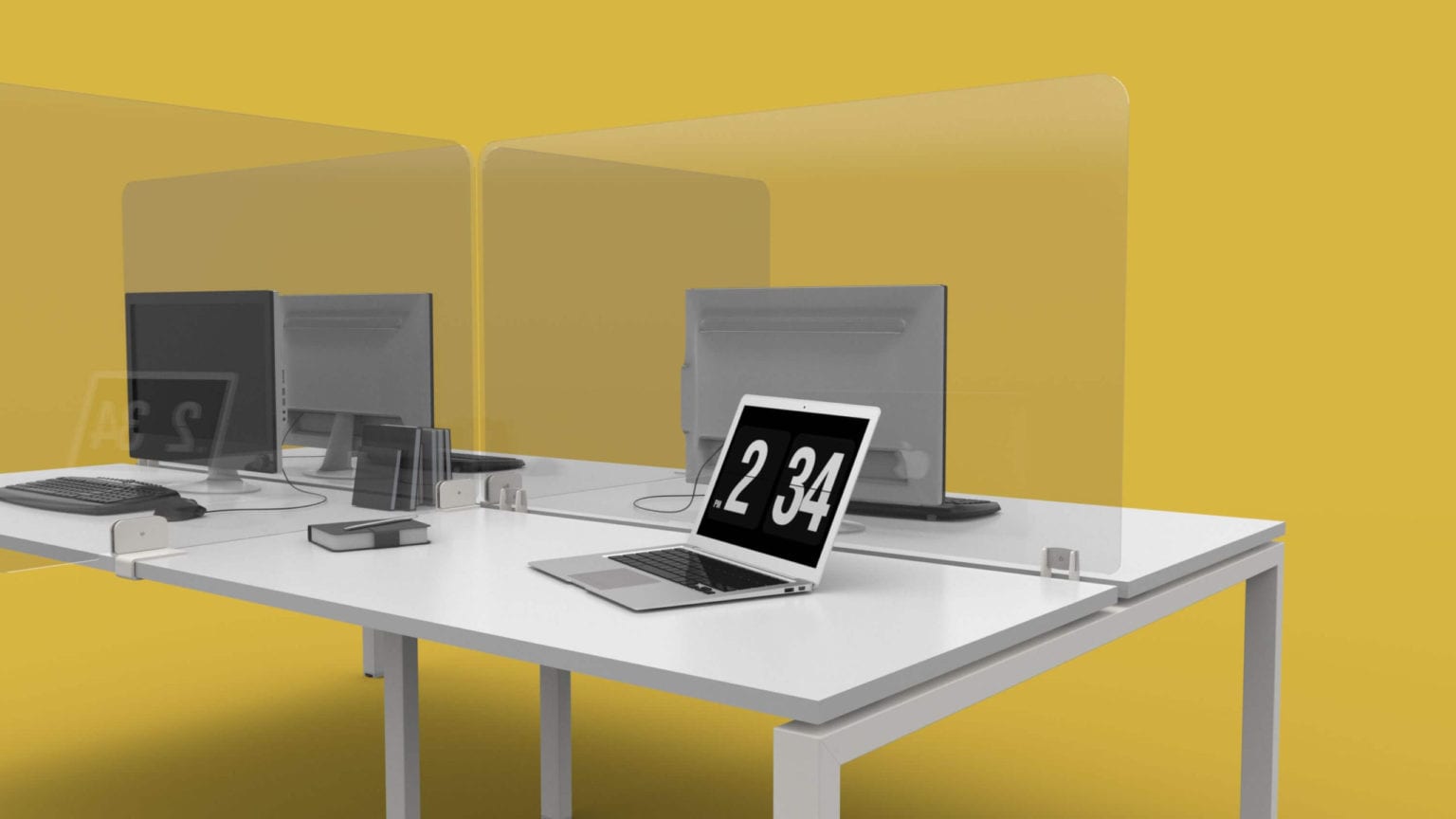Table of Contents
“Winter is a season of recovery and preparation.” – Paul Theroux.
It certainly is! With December fast approaching, we must pull out our winter survival kits to prepare for the chilly weather. Nothing compares to the comfort of a cup of piping hot cocoa warming our hands.
Likewise, modern office furniture with a wooden finish can instantly add warmth to your workspace, not merely metaphorically. However, as a hygroscopic material, wood can adapt its internal moisture content according to atmospheric humidity. As a result, wooden furniture is susceptible to weather changes.
Nonetheless, you can prevent lasting damage to your wooden furniture by paying just a little extra attention to the natural reactions of wood to the weather. Hence, several tips to winter-proof your wooden furniture await you in this blog.
But let’s take a moment to understand how an icy winter may impact your wooden furniture so you can take appropriate precautions next time.
The impact of winters on wood furniture
The moisture inside wooden furniture makes it flexible enough to be carved without cracking or breaking.
The coldness and dryness in the air during winter cause the moisture inside the wood to freeze and crack. Therefore, wooden furniture contracts during cold weather due to the moisture content difference between the surrounding atmosphere and the wood itself, not due to temperature changes.
In general, frequent and dramatic temperature changes create huge gaps between the plywood panels caused by the contraction and expansion of the wood. Due to this, the furniture tends to warp and crack over time.
5 easy ways to winter-proof your wooden office furniture
- Polish with lemon oil
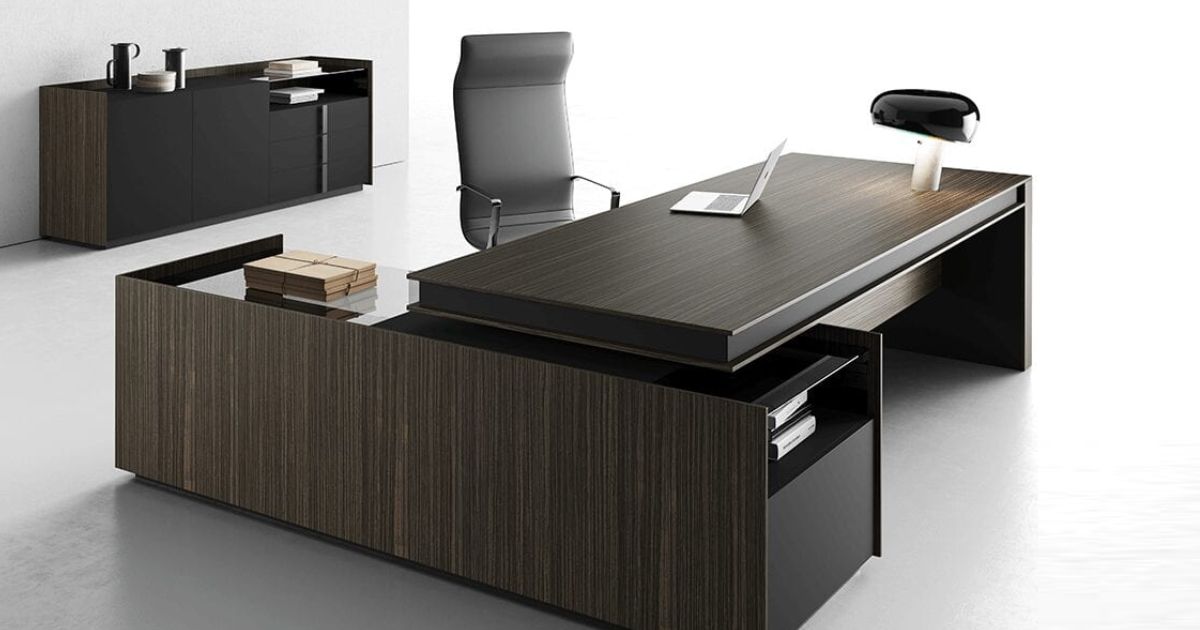
Coating the outer surface of your wooden furniture, such as an executive desk or an executive chair, will prevent external temperature fluctuations from impacting the moisture inside the furniture. Additionally, many oils act as water repellants, preventing moisture from entering the wood. However, always use oil specifically designed for your type of furniture.
In addition to nourishing and revitalising wood furniture, lemon oil prevents moisture loss during winter. Moreover, it acts as a protective layer against the sun’s harmful UV radiation.
Therefore, you should coat your wooden executive desks and meeting chairs with lemon oil
once every 15 days, especially during harsh weather conditions. - Dry clean your furniture regularly.
Your office furniture is bound to catch dust no matter which floor it’s on or what region it’s in. Nevertheless, if the dust sits on the furniture for too long, it may scratch the surface.
Using a wet cloth to clean your furniture will ruin its shine and polish. Wipe the dust off with a damp, non-abrasive cotton cloth instead. To restore your furniture’s natural lustre, rub it with olive oil-soaked tissue after cleaning. - Use coasters
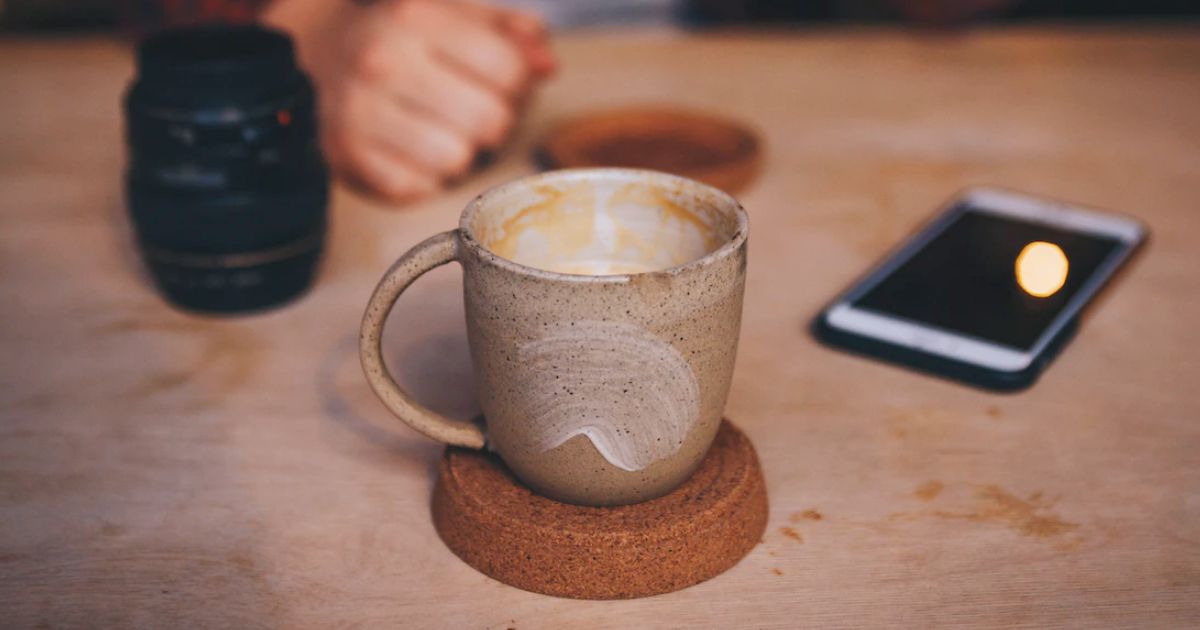
While a mug of warm beverage such as tea or coffee may seem like good company during winter and help you get through the long working day, placing it directly on your wooden table is a no-no.
Coasters help to insulate the heat and protect the surface from burn marks caused by excessive heat in a concentrated place.
Also read: 7 maintenance tips to ensure your furniture ages gracefully. - Keep furniture away from heat sources.
It’s winter, and you need a heater, but your office furniture doesn’t need one. Exposure to heat sources like heaters, ventilators, and radiators can warp, discolour or distort your wooden furniture’s finish.
If you have a fireplace, it’s a matter of concern because of the potential fire hazard and damage to your wooden furniture. In addition, central heating systems can produce considerable dust, but we’ve already pointed out the solution in point 1.
Therefore, a minimum distance of 4 feet should be maintained between the heat source and the wooden furniture. - Maintain an optimum temperature
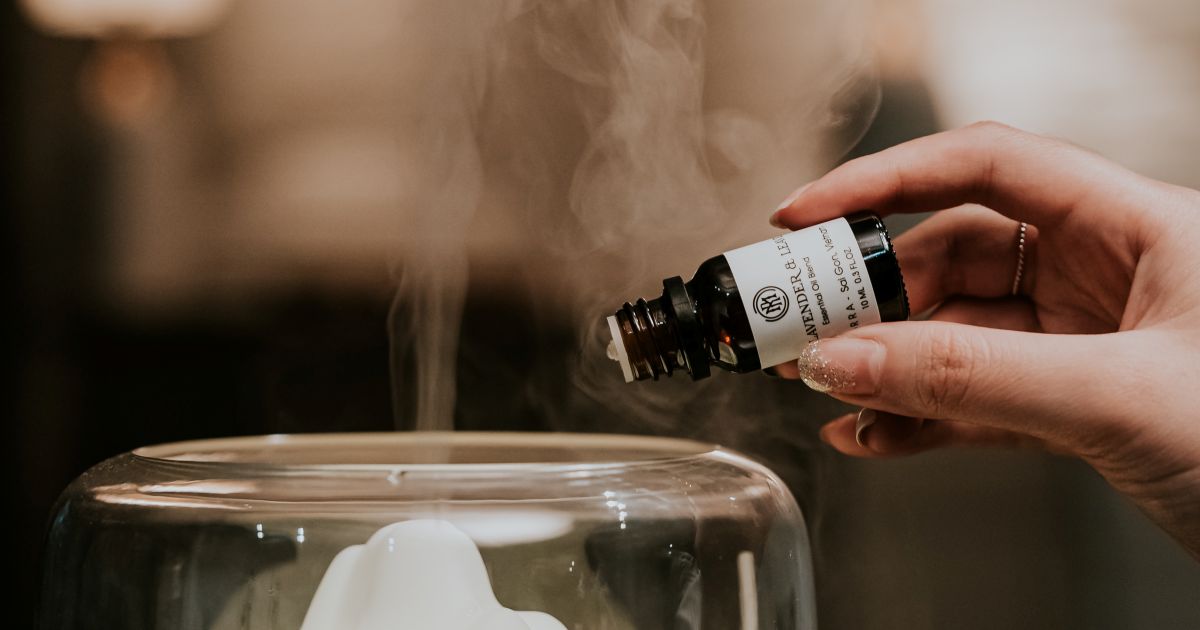
Place your office furniture in a climate-controlled area where you can monitor the temperature. Ensure your office’s temperature and humidity levels are around 21-22 degrees Celsius and 40-45 percent, respectively.
You may choose to use a humidifier, but make sure they are placed at a reasonable distance and not pointed directly at your wooden furniture.
Wrapping Up
If you live in an area that doesn’t undergo constant temperature fluctuations, you do not need to worry much about winter damaging your furniture. Also, if your office furniture is made of high-quality hardwood, you need not be concerned. It is because premium quality hardwood has a high degree of stability and excellent resistance to environmental changes.
Hence, if you choose Auraa Design for your next wooden office furniture, rest assured that our wood is of the highest quality. We use wood that is inherently robust and can adjust to changes in the weather without showing any signs of damage for years to come. Although slight expansion and contraction are natural responses to weather changes, the structural integrity of our exquisite wooden furniture remains unaffected.
Take a look at our collection to see what we have to offer.














